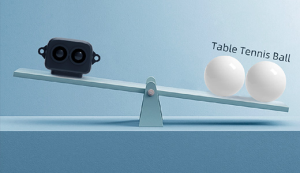The Rise of LiDAR Sensors for Drones in Precision Measurement
Environmental monitoring and surveying are only two of the many new areas that have been made possible by the LiDAR sensor for drones, which has revolutionized drone technology. With the use of these sensors and laser technologies, users may quickly and accurately create comprehensive 3D maps. Because of its innovative products, which enhance drone performance in many contexts, Benewake dominates this sector.

Autonomous Takeoff and Landing
A significant advantage of using a LiDAR sensor for drones is its ability to facilitate autonomous takeoff and landing. Benewake’s sensors meet the high-precision measurement requirements essential for these operations, especially in critical distance ranges. This capability allows drones to navigate safely in complex environments, significantly reducing the risk of accidents and improving operational efficiency.
Depth Perception and Pinpoint Accuracy
Another remarkable feature of a LiDAR sensor for drones is its depth perception capabilities. These sensors can provide real-time measurements of target objects as small as 1.5 meters from distances up to 170 meters away. This level of precision is invaluable for applications such as infrastructure inspections and agricultural monitoring, where accurately identifying small features is crucial. Benewake’s advanced technology ensures that users can capture detailed data quickly and reliably.
Conclusion
In short, the integration of a LiDAR sensor for drones is transforming how industries approach aerial data collection. With Benewake leading the charge in developing these sophisticated sensors, the potential for enhanced accuracy and efficiency in various applications is greater than ever. As the technology continues to evolve, the advantages of using LiDAR sensors in drone operations will only expand.